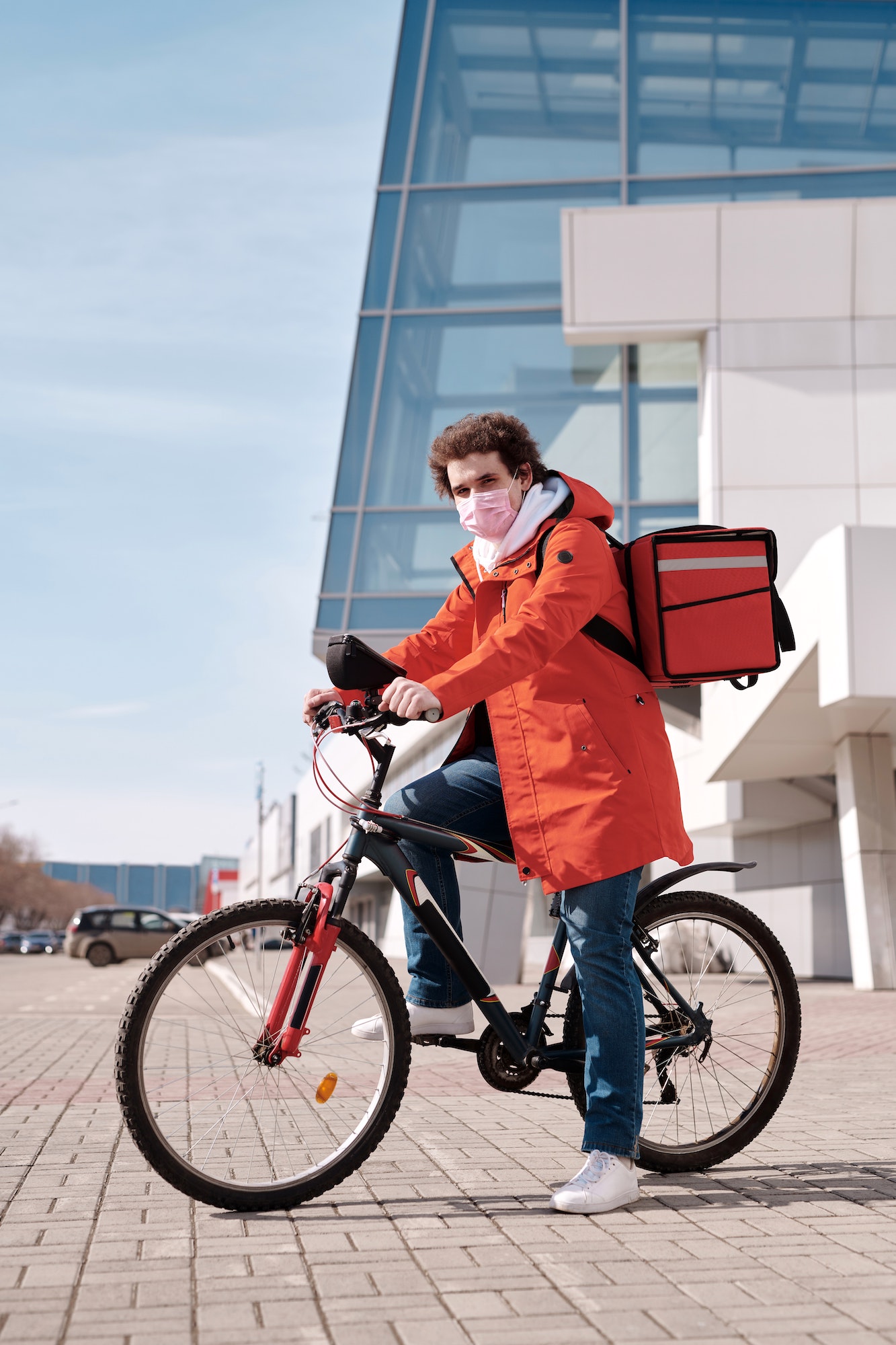Food delivery continues to gain traction with millions of people all over the globe under stay-at-home orders due to the COVID-19 pandemic. In the Philippines, while many restaurants and fast food chains are closed and are strictly implementing no dine-in services, food delivery and takeout are picking up in order to provide for employees, help businesses stay afloat, and serve the general public.
Food delivery is a great way to generate extra cash flow and expand customer base. It also increases the number of potential customers. While it’s a lucrative addition for restaurants, it’s neither a light undertaking nor is it a sustainable way of generating profit.
There are several considerations when branching out into food delivery, including financial and employee capabilities. The logistics of the operations—such as investing in a third-party provider or hiring your own delivery staff—are also important.
The menu is another concern. For fast food chains, their delivery menu is mostly the same as their dine-in menu because the food items are easy to assemble, package, and serve. However, for MSMEs, you can have some liberties in adapting the menu for delivery. Here are some things to consider when creating a delivery-only menu.
Timing is everything
Speed can make or break a food delivery service. Before you roll out deliveries, prep time, delivery radius, and order density need to be taken into account. Before adding a food item to the menu, make sure that prep time is factored in. You can cook ingredients in advance so that a cook would only need to assemble it in the container. You can also choose items that have relatively fast prep times like sandwiches, salads, or fried items.
The logistics of the operations—such as investing in a third-party provider or hiring your own delivery staff—are important considerations when branching out into delivery.
You also have to think about the capacity of your kitchen staff and delivery fleet, especially if it’s a skeletal crew. Will you be limiting the geographical scope in order to avoid longer wait times? Will you be implementing an advanced order scheme so your kitchen staff can prepare all orders ahead of time?
Ingredients have to last long

A key difference between dine-in and delivery is the time between preparation to serving. For food deliveries, there is at least a 30-minute gap between plating and packing and the customer eating the meal. In that gap, the food you serve has to stay as good and appetizing as if it had just left the kitchen. When creating the menu, focus on quality food that retains temperature and arrives as intended. You can also choose a central ingredient you can use on most, if not all, of your dishes to lessen prep time, cost, and food waste.
Before you roll out deliveries, prep time, delivery radius and order density need to be taken into account. Before adding a food item to the menu, make sure that prep time is factored in.
If you choose wraps, burritos or sandwiches, make sure they won’t fall apart during transit. If you will be delivering soup-based dishes, make sure that cooled and hardened fat will not rise to the top by insulating the meal container or the delivery vehicle’s container.
Alternatively, you can also choose ingredients that can be reheated. Grilled meats can sit out for a while without losing flavor or texture. Deli sandwiches when created for delivery usually have thick cuts of bread that soak up the juices of meat, vegetables or the sauce itself without getting soggy. Noodle-based dishes can be packed and delivered with the wet and dry ingredients separated.
Food has to look appetizing
Before sending out food, kitchen staff have to know how to plate on a takeout container. Plating can be as elegant and sophisticated as on a regular dine-in service. For delivery and takeout orders, plating has to take into account the fact that the meal will probably encounter bumps and sharp turns on the way to the customer.
Customers know that they won’t be getting dine-in plating so there’s no need to worry about making it a visual feast. But, it does have to look edible and reflect your branding.
Proper packaging is essential
Proper packaging ensures that your customers receive their dishes safely. Choosing the right containers keeps dishes intact and presentable. Packaging that helps food retain moisture and temperature, like cardboard food boxes with an inner plastic lining or reusable plastic containers, is a great option.
For hot food to retain its heat, containers need vents so steam can pass through. You can buy containers with vents already installed or if you use cardboard boxes, you can punch holes or slits into them to save money and time. These vents are essential to avoid soggy or wet dishes and to preserve the crispness of the dish, especially for fried items like mozzarella sticks, fries, and onion rings.
When creating the menu, focus on quality food that retains temperature and arrives as intended. You can also choose a central ingredient that you can use on most, if not all, of your dishes to lessen prep time, cost and food waste.
Some companies opt for microwaveable containers too to ensure the safety of customers if they opt to reheat the food. Another strategy is to give customers the option to opt out of cutlery.
Food delivery is a risky undertaking but when done right, it can reap more rewards such as exposing the brand to more customers, widening reach, and increasing sales. Before rolling out your own delivery service, remember to be prepared. Do a test drive from preparation and packing to delivery in order to be more aware and knowledgeable about every step. Don’t forget to be responsive and build rapport with the people who order as they are potential customers who will help you build a community.